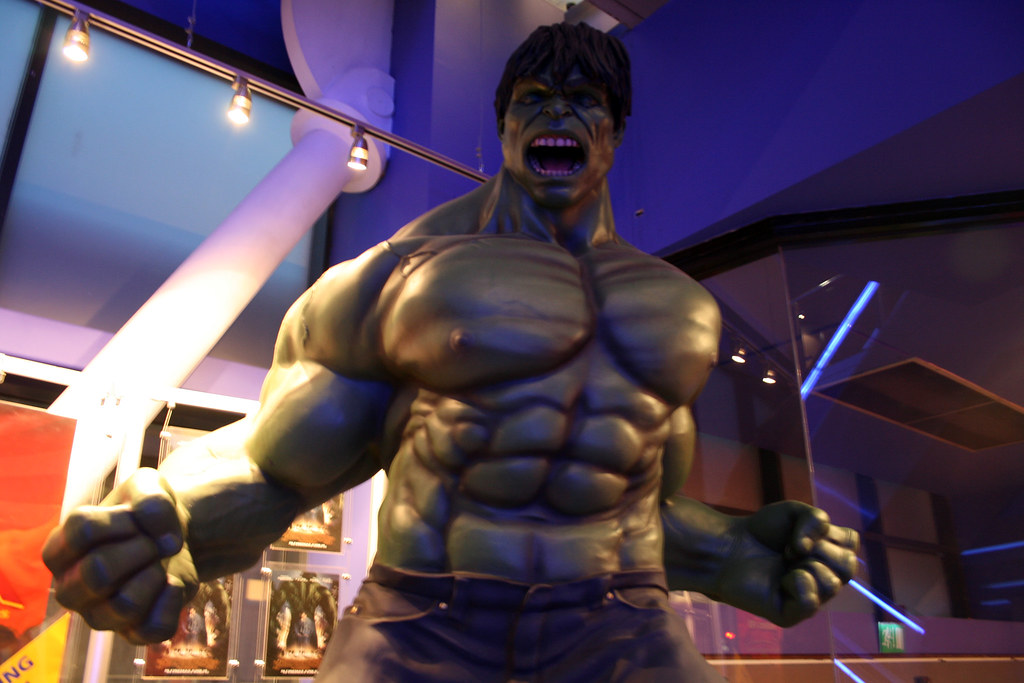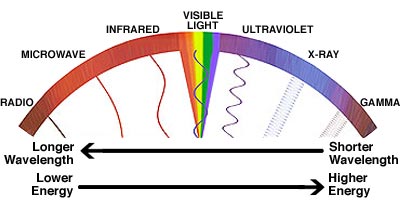Hidden Figures, a movie based on Margot Lee Shetterly's novel about the Black women who helped send the first American into space, is essentially about a group of phenomenal women who worked harder and longer than their counterparts. Facing the intersection of racism and misogyny was a significant barrier to their ability to contribute to the best of their ability. But still, they rise.
I'm a sucker for movies about space, but I was also worried. It's common for a feel good inspirational movie, in an attempt to show individual merit as overcoming all, to gloss over the difficulties of life in a specific era. I hoped that the issues involved with race and gender were not minimized. In fact, I hoped that progress and bigotry were properly shown as antagonists toward each other. All progress, including science, has been hampered by bigotry.
I'm pleased to say that my worries went completely out the window. Hidden Figures did a phenomenal job showing how the complexity of the science involved was further magnified by the discrimination of the early 60s.
Katherine Johnson is a legend in NASA circles. One of her most important contributions to science was the main story arc in the film. She helped calculate the trajectories needed for the first Americans in space, the Mercury Seven, to launch and return successfully. Bigotry almost prevented this early on - her neighborhood of Greenbrier County didn't school Black children past 8th grade. Katherine's parents had to rely on financial help from her teachers (most likely poor themselves, but saw promise in Katherine) to send her to school in Katherine's parents the money to send her off to West Virginia. After her education success, she had to break down another barrier by being the first African American female at the West Virginia University graduate school. This was only made possible by a recent Supreme Court ruling Missouri ex rel. Gaines v. Canada, which forced states to provide equivalent education to African Americans.
Johnson was portrayed as a proud widow who would not be talked down to or diminished. She knew her own value and she consistently pushed to have it recognized, whether it meant putting her name as co-author on a paper featuring her work or having a tense conversation with her boss about being invited to government briefings. She openly discussed the confusion over why she should have use a colored coffee pot, or why she should have to run across the NASA campus just to use the bathroom. Johnson also didn't need a man to define her. She got with her husband, Jim Johnson, on her own terms.
Mary Jackson
While the film was focused around Johnson, Mary Jackson and Dorothy Vaughan were also featured as amazing women who had to fight against bigotry every step of the way. Jackson was a more than capable mathematician that was refused an engineering position because NASA changed the requirements at the last minute, likely because they saw a Black woman applying for the position. Jackson had to go as far as to get court order to take the necessary classes at a white, male school in order to advance to become NASA's first Black female engineer. I'll never forget the judge's dry tone when speaking about how "segregation is the law of the state, no matter what the federal government says". Jackson essentially had to appeal to the judge's ego to get the court order, which felt dirty and sad, even though it was necessary and pragmatic. It just saddens me to see what my people needed to go through just to be given a CHANCE at being great.
Dorothy Vaughan
Vaughan was a trailblazer in her own right. She managed the Black women "computers" who did the manual calculations for NASA, a group which initially included Jackson and Johnson. She was repeatedly refused a supervisor rank, even though she was doing the work of a supervisor. Vaughan saw the incoming automation of the computer task via IBM as an opportunity. She studied the brand new Fortran programming language, and proved herself to be much more capable at programming the IBM than the white men tasked to the machine. Her mastery of the language enabled her to teach her entire computing group. She then led these woman to become IBM programmers, giving them job security. She eventually became NASA's first Black supervisor.
The only questionable part of the movie was when Al Harrison, director of the Space Task Group, showed how "good" NASA was by allowing the Black women to use the bathroom in the main building (how quaint!) after Johnson confronted him about having to run through all kinds of weather just to get to a colored restroom. Since Harrison was the face of politics in the movie, it seemed like an attempt to show the bigotry that Johnson, Jackson, and Vaughn felt to be that of only a few bad apples (like Johnson's rival Paul Stafford) instead of being systematically embedded into all fabric of life. A lesser movie would have focused only on the positives after this moment, so viewers can feel good about this "vindication" of merit over bigotry. Hidden Figures avoids this trope and does a great job of staying on track and showing the struggle of progress vs bigotry up until the very end. That struggle continues today.
Bad ass Black women. Bad ass science. GO SEE THIS MOVIE! And check out NASA's site dedicated to Hidden Figures as well as current employees deemed Modern Figures.








